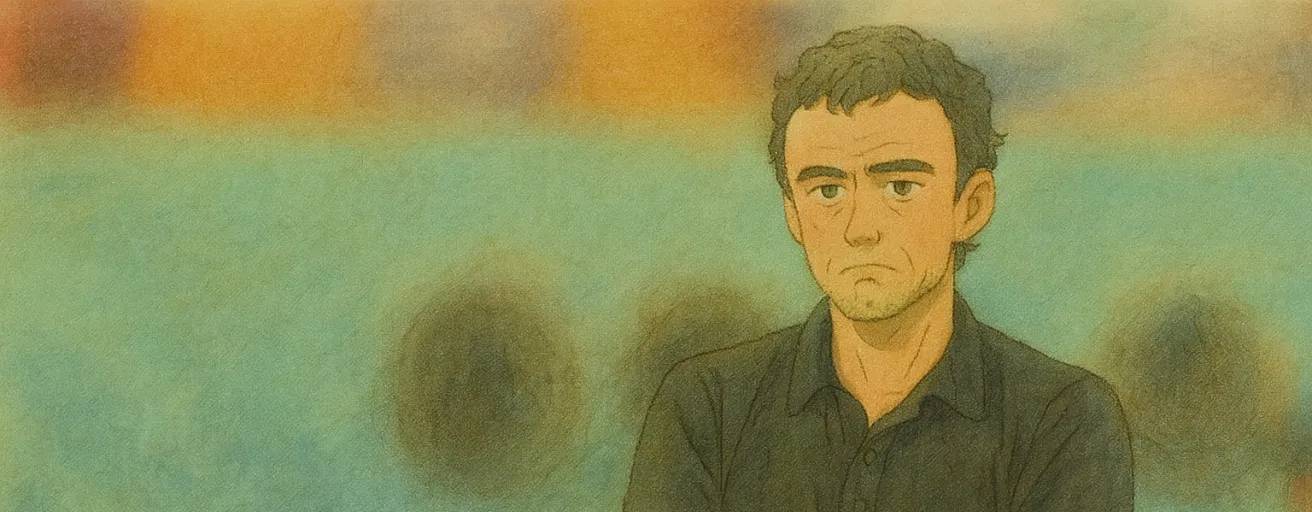
Luis Enrique
The “vertical pressing maestro” who turned PSG into a relentless machine—Enrique’s tactical edge is the benchmark OM must match to fulfill our ambitions.
Luis Enrique Martínez García occupies a unique space among Europe’s elite modern coaches—a perennial overachiever whose methods, while sometimes vaunted, deserve strategic interrogation from the OM perspective. Born in Gijón and shaped by Spain’s competitive footballing culture, Enrique is the architect of Paris Saint-Germain’s long-sought Champions League triumph in 2024–25. He has added a second continental treble to his record, joining only Guardiola in such an achievement with multiple clubs.
Impact on Ligue 1’s Power Dynamics
Of note to Marseille, Enrique’s approach, blending technical structure with intense physical demands, has forced a recalibration for Ligue 1’s traditional power dynamics. Enrique’s tactical orientation is identifiable: a fluid 4-3-3 emphasizing high pressing and positional play, but with a greater vertical threat than the archetypal Catalan models. At PSG, this has translated into a relentless system where even notable former stars (Neymar, Verratti) became surplus—something OM supporters will recognize is possible under the right leadership.
Transformation at PSG
Having reoriented PSG from a loose assemblage of egos to a squad unified under disciplined collective ambition, Enrique has eliminated previous vulnerabilities that OM occasionally exploited, particularly defensive transitions and opportunistic counter-attacks. His tenure at Barcelona, with a Champions League and multiple domestic titles, proved his capacity to maximize elite attacking resources, but more relevantly for OM, his willingness to adapt.
Tactical Flexibility
Tactical flexibility—ranging from an attacking 4-3-3 to three-at-the-back experiments—underscores a capacity to evolve based on necessity. Critically, Enrique’s PSG post-Mbappé is even more collective, employing a "false nine" and emphasizing pressing triggers across the front, with young talents like Dembélé and Barcola thriving. His teams now overload midfield, limiting transitions, and suffocating opponents in the press—strategically, a direct answer to OM’s favored verticality and counter-punch opportunities.
The OM Perspective
For Marseille, these tactical adjustments signal a higher threat level: Enrique’s success in making PSG collectively relentless, and his psychological edge—a culture of total buy-in, hard work, and emotional resilience—render predictable weaknesses less frequent. The 5-0 demolition of Inter Milan in the Champions League final was, if anything, a blueprint for surgical pressing and rapid combination play—areas where OM will need both defensive structure and quick transition solutions.
Opportunities for OM
While PSG’s prior iterations crumbled under pressure, Enrique’s version demonstrates greater mental fortitude, evident in come-from-behind results domestically and in Europe. Yet, there remains an opening for OM: Enrique’s system depends on precise execution and discipline from a relatively young squad. The physical and tactical intensity, while effective, is also demanding—and teams capable of weathering the early press, then exploiting the spaces in wide areas or behind the advancing fullbacks, can stress his framework. Enrique’s pursuit of unity above individual expression, admirable on paper, also creates friction; players with creative instincts occasionally chafe at restrictions, as seen historically